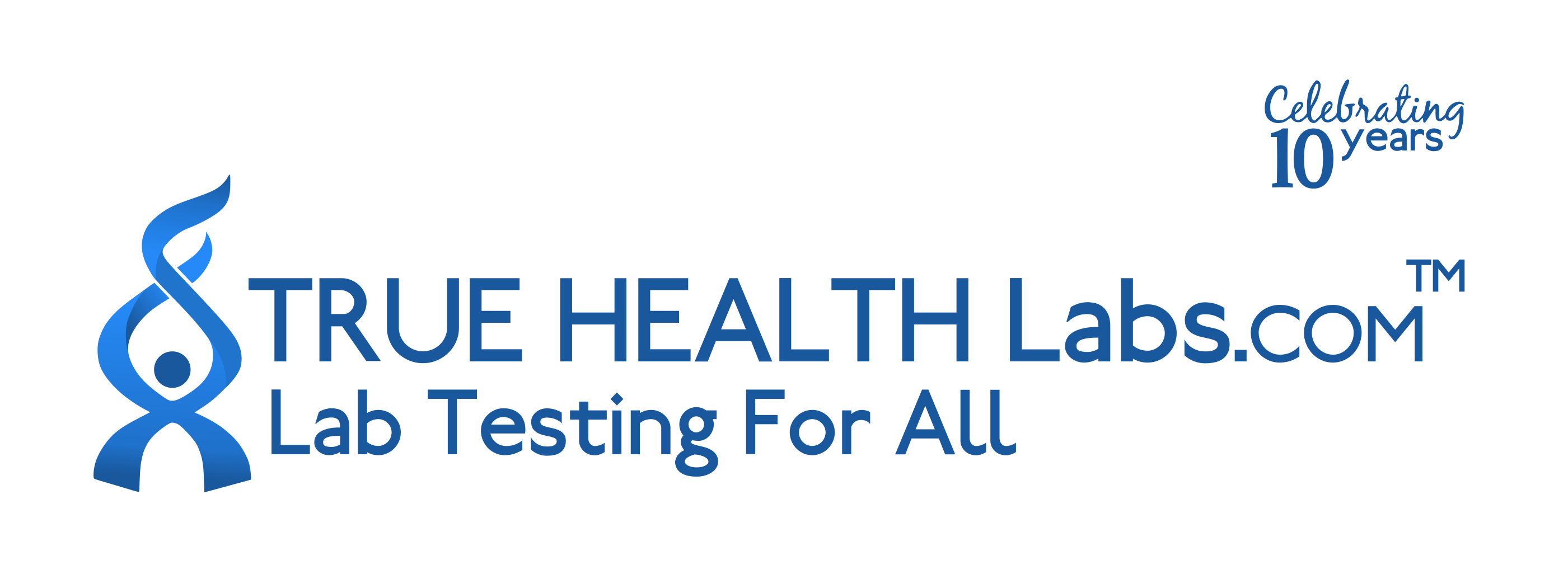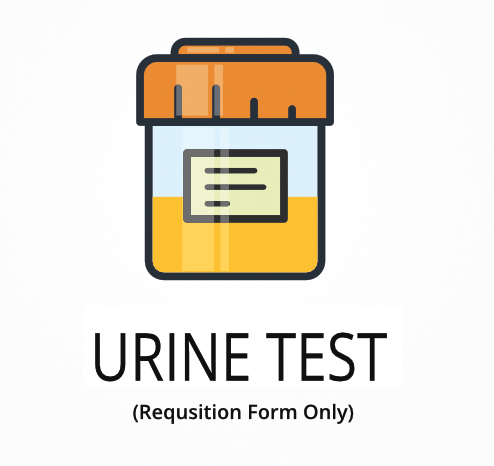Ordering the Oxalic Acid without Creatinine Urine Test
Understanding the levels of oxalic acid in your urine is crucial for assessing your risk of kidney stones and other metabolic disorders. Interestingly, oxalic acid is a natural compound found in many foods, and its levels can be influenced by dietary habits. Monitoring these levels can help in managing conditions related to oxalate metabolism.
Here are some specific benefits of ordering this test:
- Helps in identifying the risk of kidney stone formation.
- Assists in diagnosing metabolic disorders related to oxalate.
- Provides insights into dietary impacts on oxalate levels.
- Supports the management of conditions like hyperoxaluria.
- Guides dietary and lifestyle adjustments to reduce oxalate levels.
Who Should Consider the Test
If you frequently experience discomfort or pain in your lower back or abdomen, it might be worth considering this test. It can help identify if high oxalate levels are contributing to your symptoms, allowing for targeted interventions.
Other scenarios where this test may be beneficial include:
- Experiencing recurrent kidney stones.
- Having a family history of metabolic disorders.
- Following a diet high in oxalate-rich foods.
- Undergoing treatment for hyperoxaluria.
- Experiencing unexplained urinary tract issues.
Ordering this test can provide valuable information for managing your condition. Without it, you might miss the opportunity to address underlying issues that could lead to more serious complications.
Preparing for the Test
Fasting is not required for this test. It’s important to follow your doctor’s instructions regarding any medications or supplements you are taking.
Labs Included When Ordering Your Oxalic Acid without Creatinine, Urine
| Test Name | Reference Ranges | Significance | Low and High Levels of Oxalic Acid |
|---|---|---|---|
| Oxalic Acid | 3.0 – 40.0 | Oxalic acid is a compound that can form kidney stones if present in high amounts. Monitoring its levels helps in assessing the risk of stone formation and managing dietary intake. | High levels mean increased risk of kidney stones and potential metabolic issues.
Low levels mean reduced risk of stone formation but may indicate dietary deficiencies. |
Reference ranges can vary, so it’s wise to check the Quest Diagnostics lab test directory for the most current information.
Oxalic Acid without Creatinine Urine Test FAQ
Is there Oxalic Acid without Creatinine Urine Test testing near me?
You can find nearby draw locations using our patient service center locator, which also offers mobile phlebotomy options. During the collection, a technician will guide you through the process, ensuring a smooth and comfortable experience.
What is the cost of the test?
The cost of the Oxalic Acid without Creatinine Urine Test is listed at the top of the page. Pricing includes collection fees at patient service centers, ensuring transparency with no hidden costs.
How often should I retest?
Retesting is generally recommended every 6 to 12 months, especially if you have a history of kidney stones or metabolic disorders. Regular monitoring can help in making necessary dietary and lifestyle adjustments.
How accurate is the test?
The test uses high-performance liquid chromatography (HPLC) to measure oxalic acid levels, ensuring precise results. TrueHealthLabs.com partners exclusively with CLIA-certified labs, guaranteeing high standards of accuracy and reliability.
Medical Review Board
Reviewed by Jeff Donohue M.D. from Body Logic and Brady Hurst DC, CCCN. Written by True Health Lab’s team of editorial health contributors.
Disclaimer: This information is for educational purposes only and not intended as medical advice. Consult your healthcare provider for personalized guidance.
Why Customers Trust True Health Labs – What People are saying
Also rated 4.6 out of 5 based on 3452 ShopperApproved reviews- See all TrueHealthLabs.com reviews.





